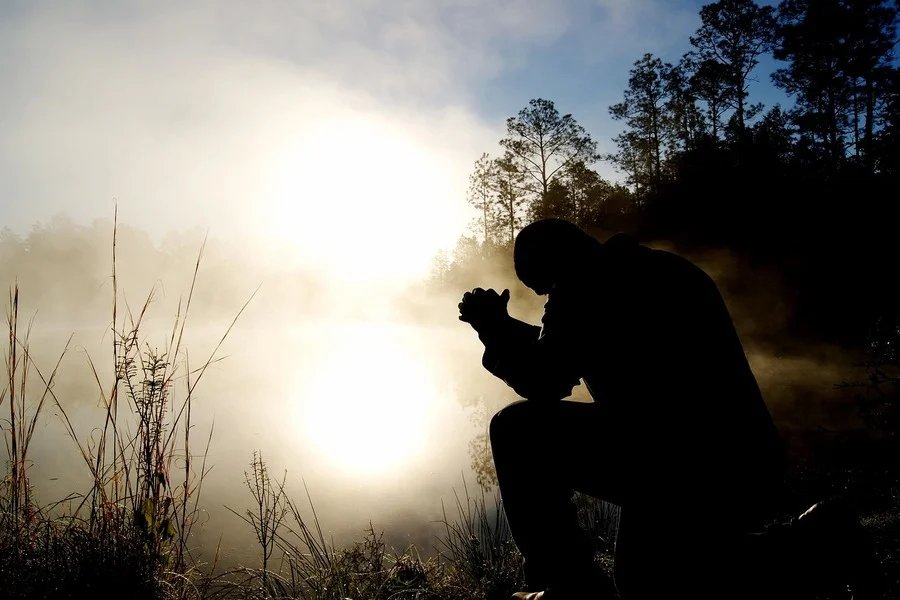
Throughout history, faith and spirituality have taken many forms, often shaped by cultural, historical, and social contexts. Among the most intriguing examples is the devotion to Santa Muerte, also known as “Holy Death,” a figure that has gained immense popularity in Mexico and increasingly across the globe.
Roots in Pre-Columbian and Catholic Traditions
The veneration of Santa Muerte has roots that intertwine indigenous beliefs with Catholic traditions introduced during the Spanish colonization of Mexico. Before the arrival of the Spanish in the 16th century, pre-Columbian civilizations such as the Aztecs worshipped deities associated with death, including Mictecacihuatl, the Lady of the Underworld. She was revered as a guardian of souls and a symbol of the natural cycle of life and death.
When Catholicism spread through Mexico, indigenous practices did not entirely disappear; rather, they fused with the Christian worldview. Death, a central theme in indigenous cosmology, was reimagined within Catholic frameworks that emphasized saints, prayers, and devotion. This blending created a spiritual environment in which a figure like Santa Muerte could eventually emerge—an image that reflects both ancient traditions and Catholic symbolism.
The Emergence of Santa Muerte as a Folk Saint
Although she is not officially recognized by the Catholic Church, Santa Muerte is regarded as a folk saint by millions. She is usually depicted as a skeletal figure draped in a cloak, sometimes holding a scythe and a globe. Her image bears similarities to the Grim Reaper, but her role in devotion is different. For her followers, she is not a harbinger of doom but a protector, an intercessor, and a guide through life’s challenges.
The Santa Muerte prayer, in this sense, reflects the unique relationship devotees have with her. Unlike conventional prayers that are mediated through officially recognized saints, these prayers are direct appeals to Santa Muerte, asking for protection, healing, love, prosperity, or justice. The prayers acknowledge her as a powerful spiritual ally who accepts everyone equally, regardless of social class, past mistakes, or marginalized identity.
Symbolism Within the Prayer
Each Santa Muerte prayer carries symbolic elements that go beyond words. For example, prayers for protection often reference her scythe as a tool that cuts away danger and harm. Prayers for success may highlight her globe, symbolizing her dominion over worldly matters. The colors associated with her robes—white for purity, red for love, black for justice—are also woven into the intentions behind the prayers.
These symbols allow practitioners to focus their faith in a tangible way, reinforcing the belief that Santa Muerte is attentive to their requests. In this context, prayer is not just recitation but an act of spiritual connection rooted in imagery and cultural memory.
Controversy and Misunderstanding
Despite its growing popularity, the devotion to Santa Muerte is often surrounded by controversy. Critics argue that the practice is incompatible with mainstream Catholic teaching, leading the Church to condemn it. Others mistakenly associate Santa Muerte exclusively with criminal activity, due to her veneration among certain groups.
However, anthropologists and religious scholars caution against such narrow interpretations. They point out that the Santa Muerte prayer functions much like any other prayer in folk Catholicism: it is an expression of hope, a request for intercession, and a way to cope with uncertainty. To dismiss it entirely is to overlook the cultural and emotional needs of millions who find solace in this devotion.
A Bridge Between Life and Death
At its core, the Santa Muerte prayer represents humanity’s attempt to reconcile with mortality. While death is often feared or avoided in conversation, Santa Muerte encourages devotees to confront it openly. This acceptance transforms fear into strength, reminding people that life is fragile but also sacred.
In many ways, Santa Muerte serves as a bridge between the world of the living and the inevitability of death. Her prayers do not promise immortality but instead offer comfort, guidance, and empowerment in navigating life’s struggles. This pragmatic spirituality resonates strongly in contexts where uncertainty is part of daily existence.
The Global Spread of the Devotion
Although Santa Muerte originated in Mexico, her devotion has expanded far beyond its borders. Communities in the United States, Central America, and Europe have embraced her image and prayers. For migrants, carrying a small statue or reciting a Santa Muerte prayer can symbolize both cultural identity and a source of protection on difficult journeys.
The internet has further accelerated this spread, with websites, forums, and social media groups sharing prayers and testimonies. As a result, what was once a local folk devotion has become a global phenomenon, reshaping the landscape of modern spirituality.